The prevalence of Lyme disease is most likely increasing in Europe, delegates at the PCDSI conference in Cork heard.
Consultant Dermatologist Dr Rachel Morris-Jones, based at Guys and St Thomas’ NHS Foundation Trust, London, said global awareness of the disease had increased in recent years and is suspected by many online groups of being the underlying cause of many unexplained and chronic symptoms.
She referred to a 2017 study on Lyme disease in the west of Ireland, which found an increase in requests for tests but no indication of a rise in incidence.
The disease has three clinical stages, the first of which she described as “early, localised disease” with single skin ECM [erythema chronicum migrans] lesions. This stage typically lasts one-to-four weeks.
ECM usually appears in about 80 per cent of patients at the site of the bite at around seven-to-14 days and slowly expands over days/weeks, said Dr Morris-Jones.
The second stage, early disseminated disease, lasts four-to-eight weeks and features the presence of multiple EECM lesions. Multiple lesions are rare, appearing in only 10 per cent of cases, Dr Morris-Jones advised, as most patients present early. Patients can also suffer from fatigue, anorexia, headache, neck stiffness, fever and myalgias. The last or “late stage” (0.5-8 years) can involve cardiac and neurological problems, as well as arthritis.
Dr Morris-Jones advised that a patient presenting with gastrointestinal upset or respiratory symptoms is unlikely to have Lyme disease. Another “late” Lyme sign is unilateral leg-swelling and unilateral atrophy on hands and feet.
Post-Lyme disease syndrome or chronic disease occurs within six months of a confirmed case and when the disease is still there after six months of treatment with antibiotics.
Clinical manifestations vary depending on the species of Lyme involved, while the type of species in the EU causes less-severe disease in humans than in other countries, she added.
Bloods are “not that helpful” in diagnosing the disease as serology is often negative in early disease, she pointed out.
She advised against carrying out serology for screening individuals in patients with non-specific symptoms, as there can be false positives. Serology is required in cases of recent travel to Lyme-affected areas and exposure to ticks.
Two-tier testing is recommended in diagnosing the disease, with an initial Elisa test carried out. If the results are negative, no further tests are required. But if the Elisa test is positive, a “western blot” test is carried out.
A negative western blot will rule out Lyme, while a positive result signals evidence of Lyme disease, Dr Morris-Jones explained.
The treatments used include oral doxycycline (28 days), oral amoxicillin, and oral azithromycin.
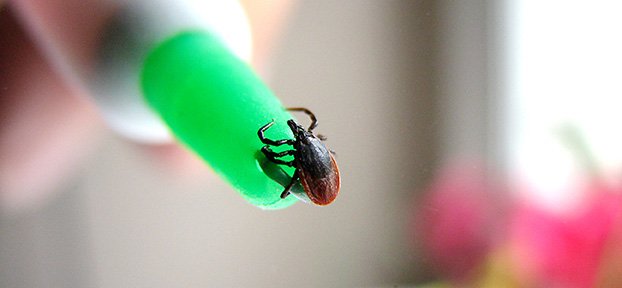

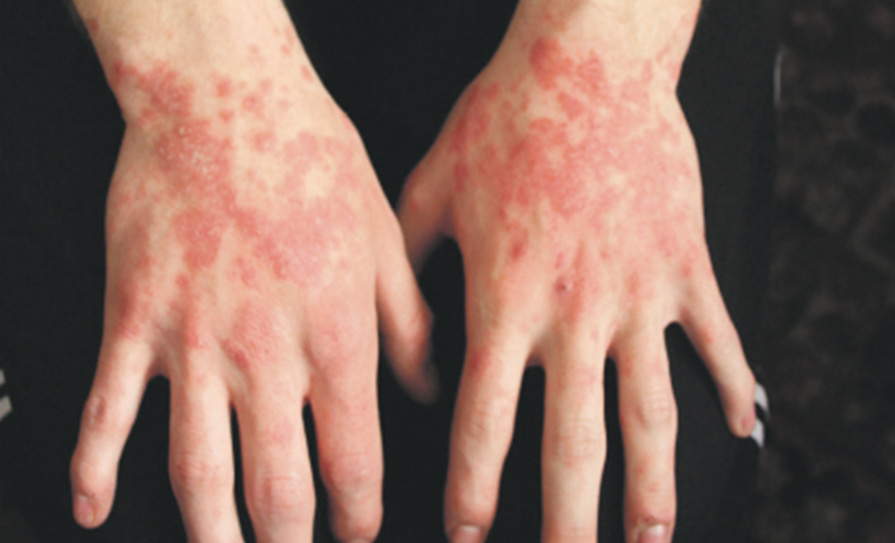
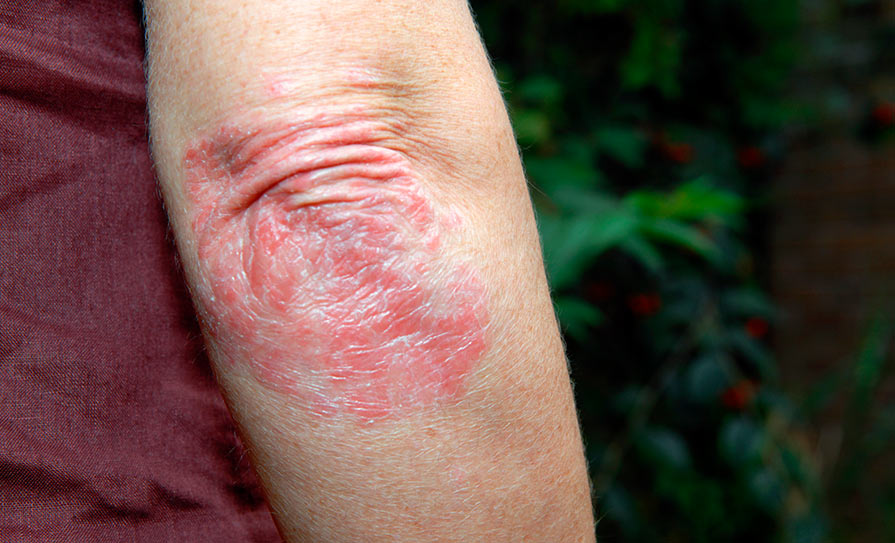

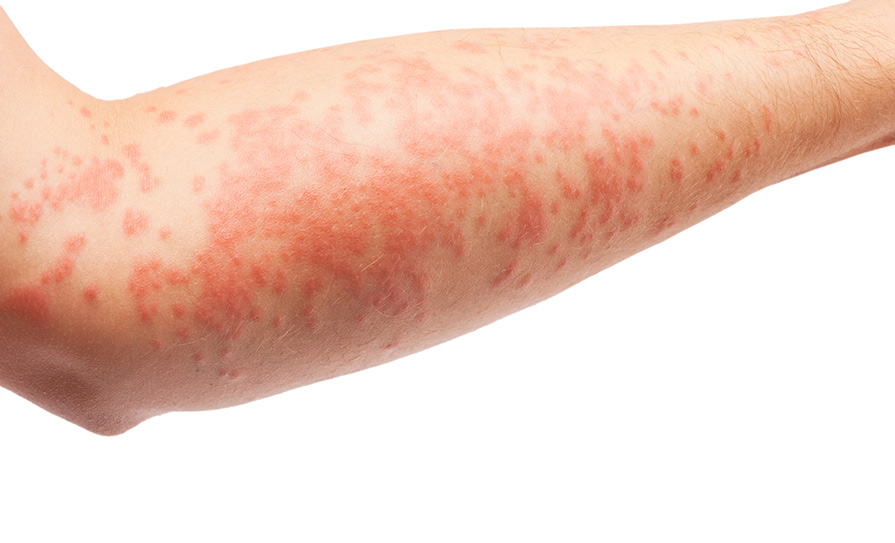

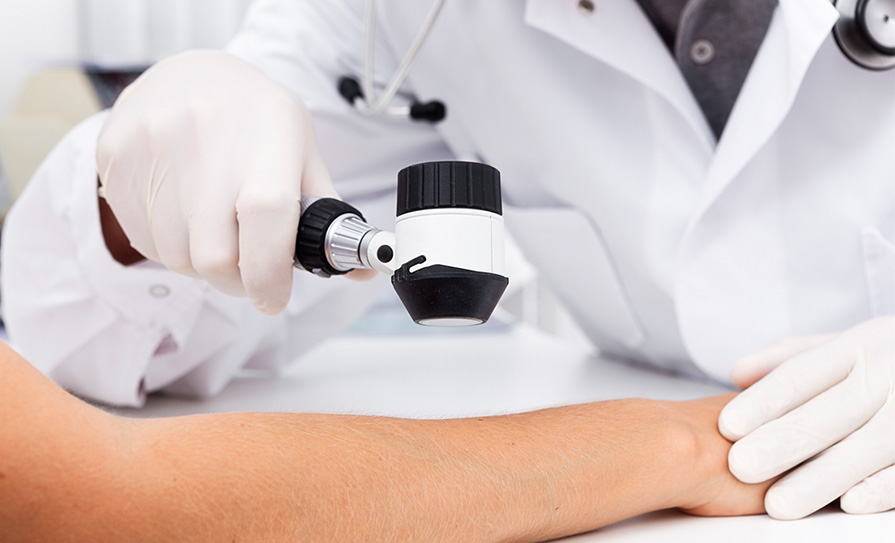
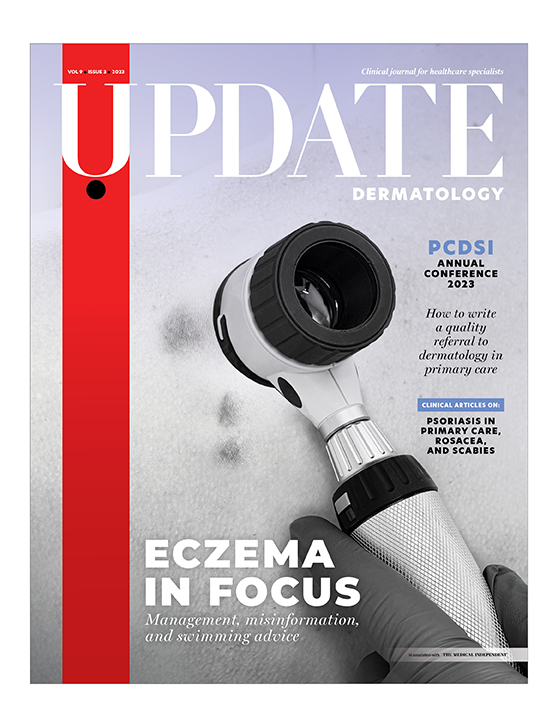




Leave a Reply
You must be logged in to post a comment.